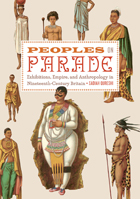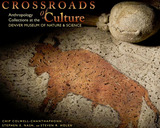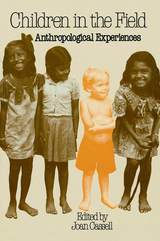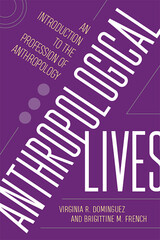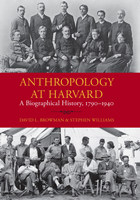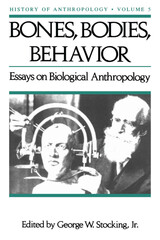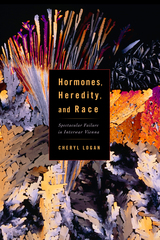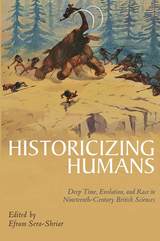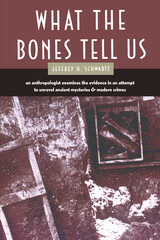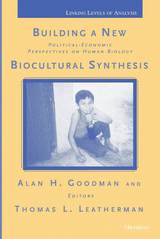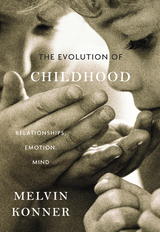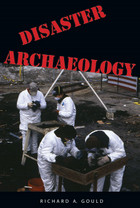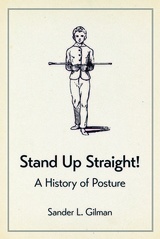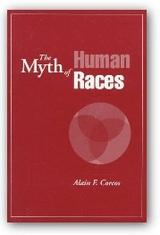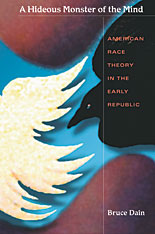Stature, Living Standards, and Economic Development: Essays in Anthropometric History
University of Chicago Press, 1994
Cloth: 978-0-226-45092-6
Library of Congress Classification GN51.S63 1994
Dewey Decimal Classification 573.6
Cloth: 978-0-226-45092-6
Library of Congress Classification GN51.S63 1994
Dewey Decimal Classification 573.6
ABOUT THIS BOOK | TOC
ABOUT THIS BOOK
What can body measurements tell us about living standards in the past? In this collection of essays studying height and weight data from eighteenth- and early nineteenth-century Europe, North America, and Asia, fourteen distinguished scholars explore the relation between physical size, economic development, and standard of living among various socioeconomic groups.
Analyzing the differences in physical stature by social group, gender, age, provenance, and date and place of birth, these essays illuminate urban and rural differences in well-being, explore the effects of market integration on previously agricultural societies, contrast the experiences of several segments of society, and explain the proximate causes of downturns and upswings in well-being. Particularly intriguing is the researchers' conclusion that the environment of the New World during this period was far more propitious than that of Europe, based on data showing that European aristocrats were in worse health than even the poorest members of American society.
Analyzing the differences in physical stature by social group, gender, age, provenance, and date and place of birth, these essays illuminate urban and rural differences in well-being, explore the effects of market integration on previously agricultural societies, contrast the experiences of several segments of society, and explain the proximate causes of downturns and upswings in well-being. Particularly intriguing is the researchers' conclusion that the environment of the New World during this period was far more propitious than that of Europe, based on data showing that European aristocrats were in worse health than even the poorest members of American society.
See other books on: Anthropometry | Cross-cultural studies | Economic Development | Living Standards | Physical
See other titles from University of Chicago Press

